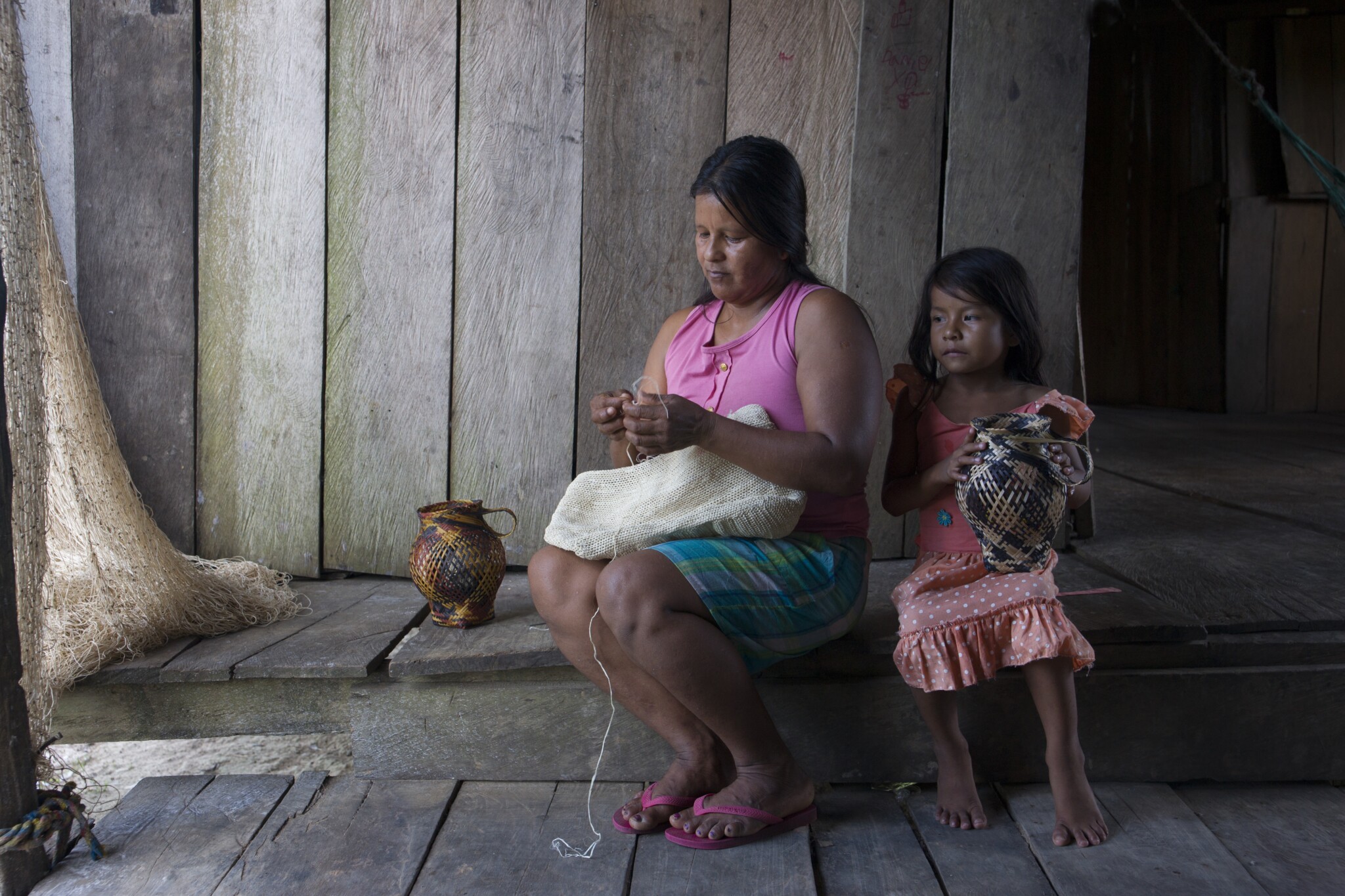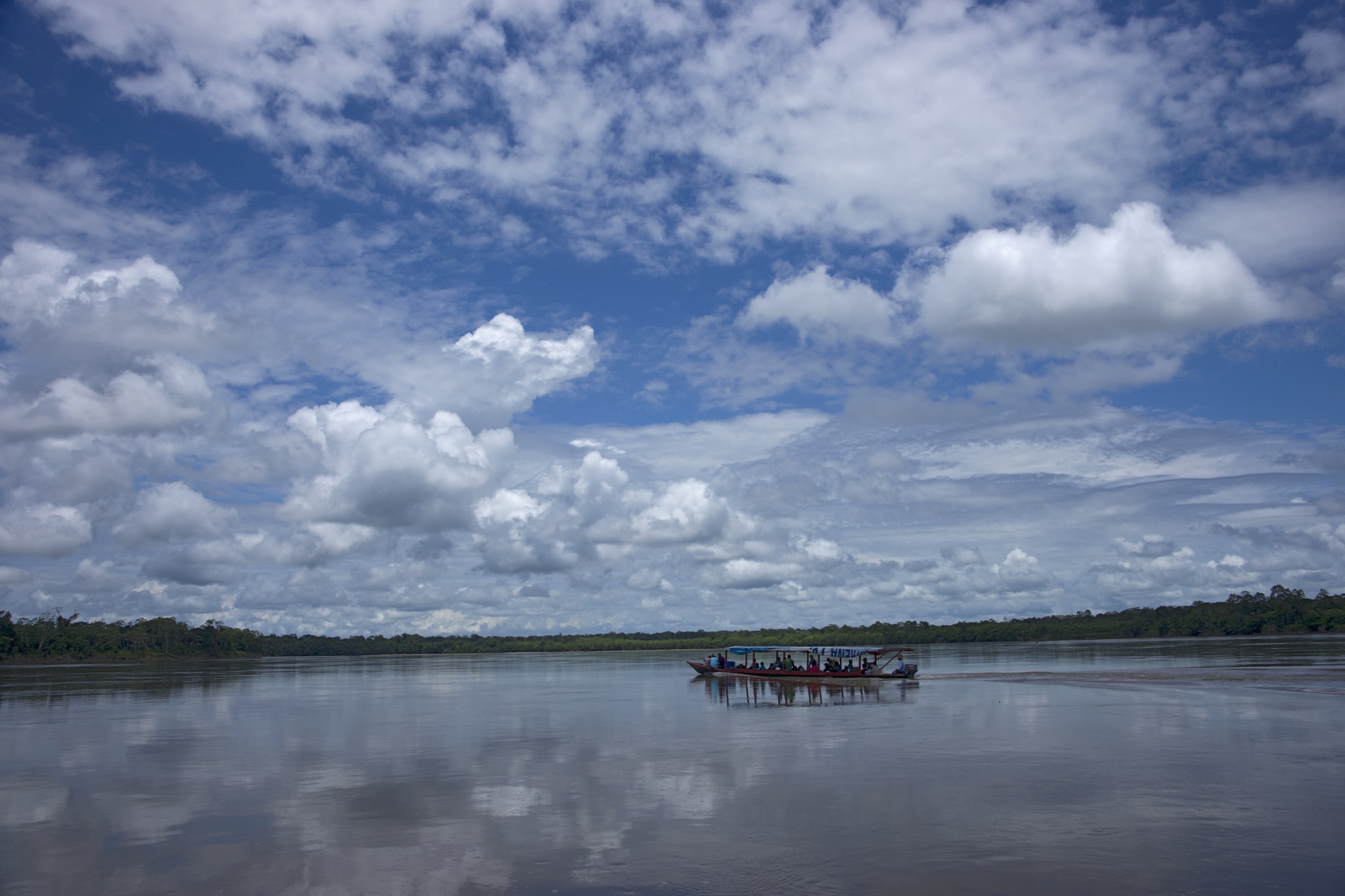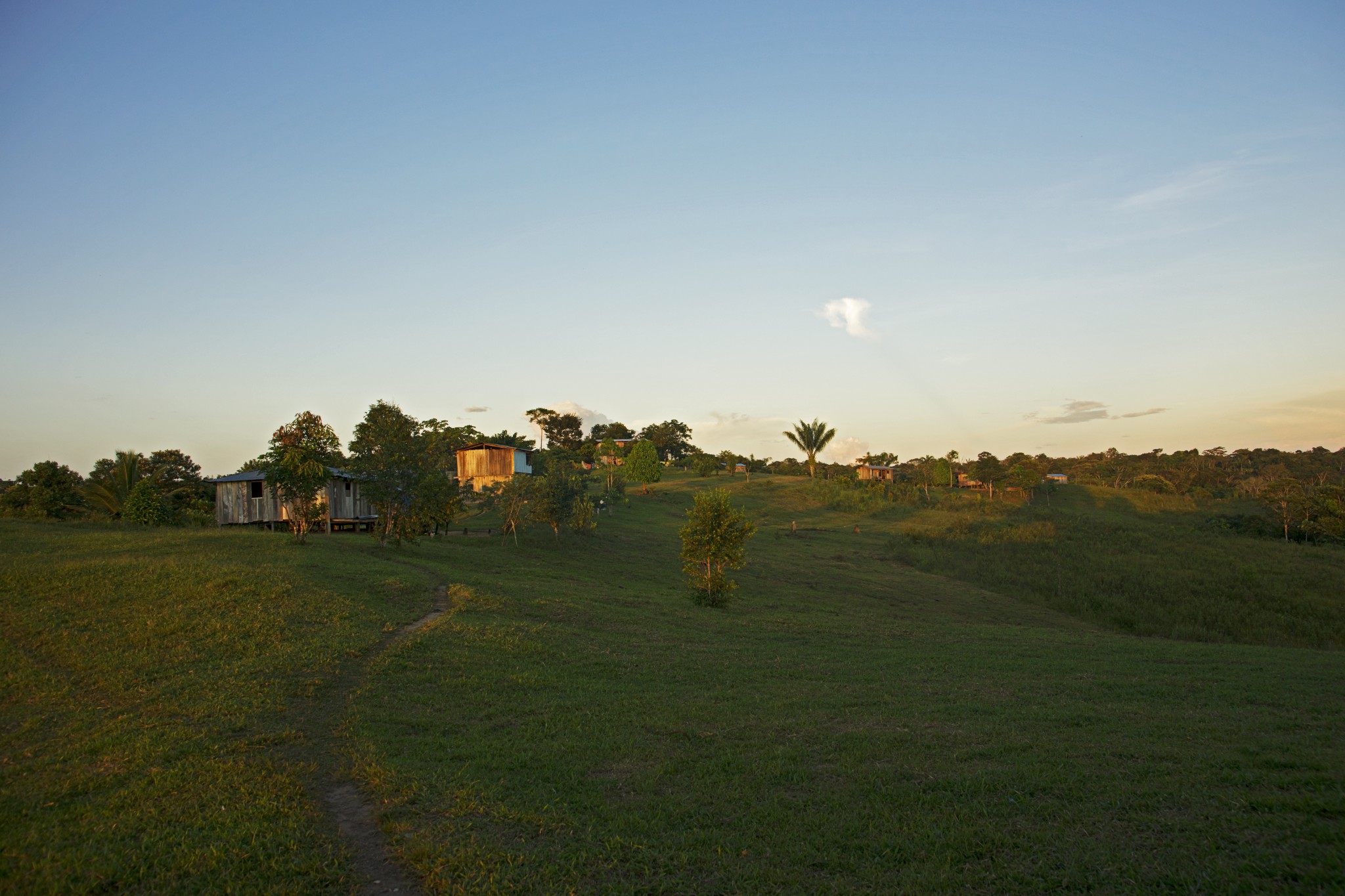
Indigenous peoples around the world own or manage much of the planet’s last great storehouses of biodiversity and carbon. In Colombia, indigenous peoples have been working to protect their territories and consolidate their own models of environmental governance for decades. In an expansion of this effort, indigenous groups in the Amazon recently proposed the establishment of “sacred corridor of life and culture,” covering 200 million hectares across the Andean Amazon. As the world’s largest protected area, this corridor would protect critically important biodiversity, like the Lowland Tapir, while keeping millions of tons of carbon out of the atmosphere.
Read more
Related articles for further reading
Response to: Amazon Indigenous Groups Propose Mexico-Sized Corridor of Life, The Guardian
By: Claudia Vasquez Marazzani (Director, Colombia and Ecuador Program at The Nature Conservancy)
Rane Cortez (Co-Director, Global Indigenous Peoples and Local Communities Program at The Nature Conservancy)
Indigenous peoples around the world own or manage much of the planet’s last great storehouses of biodiversity and carbon. In Colombia, indigenous peoples have been working to protect their territories and consolidate their own models of environmental governance for decades. In an expansion of this effort, indigenous groups in the Amazon recently proposed the establishment of “sacred corridor of life and culture,” covering 200 million hectares across the Andean Amazon. As the world’s largest protected area, this corridor would protect critically important biodiversity, like the Lowland Tapir, while keeping millions of tons of carbon out of the atmosphere.

The Nature Conservancy (TNC) said:
TNC has been working for years with Amazonian indigenous communities to support the creation of their own management tools. TNC applauds the leadership of the indigenous communities, both at the national level, in organizations such as OPIAC (Organización Nacional de los Pueblos Indígenas de la Amazonia Colombiana), and at the regional level, in organizations such as the COICA (Coordinator of the Indigenous Organisation of the Amazon River Basin), who have proposed the corridor. This cross-border strategy, developed by the indigenous people, will connect multicultural thinking, maintain indigenous knowledge and traditional practices, and overcome political boundaries to protect the Amazon. It is a key strategy to maintain and conserve the great Amazon forest.

For the indigenous groups proposing the corridor, this place is their home and it is so well conserved thanks to their stewardship. As Tuntiak Katan, the vice-president of COICA says “This space is the world’s last great sanctuary for biodiversity. It is there because we are there. Other places have been destroyed.” Proposals like this one highlight their conservation ethic and deep understanding of the interconnectedness of people and nature. It’s time the world recognizes them for their leadership in safeguarding our collective future and listens to their wisdom on how people and nature can thrive together.
